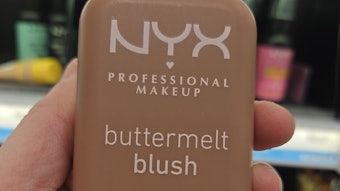Earlier this year before my something-th birthday, I recruited a friend to help me shop for a good antiwrinkle cream. Birthdays sometimes not-so-subtly prod me to take care of my skin; other times, the articles I read and edit for C&T magazine inspire me to try new products.
Entering a local beauty retailer, I was overwhelmed by the mingling of fragrance and vertigo as I glanced up the shelves of product offerings. My friend and I, being well-educated consumers (and in the industry), began scanning product labels for my choice ingredient this time: retinol.
Retinol?, you might be thinking, there’s nothing new about that. Maybe not, but as one colleague told me during this year’s in-cosmetics, even traditional, established ingredients like vitamins are improving because technology for their design and formulation has evolved.
Of course, great progress also has been made in what Mintel has dubbed the techno beauty sector, which is the direction the antiaging craze has pushed the industry. Yet while many consumers want topical products with pharmaceutical-like effects, what image is this painting of our industry? What do consumers (and the US Food and Drug Administration [FDA] and Federal Trade Commission) see?
Some experts are alarmed that actives, while providing cosmetic benefits, affect the structure or function of skin, and should thus be regulated as drugs. These concerns are valid and may be twofold: 1) for misleading consumers and selling them “hope in a bottle;” and 2) for raising a red flag to the FDA to impose new rules on a safely self-regulated industry.
This debate was the topic of a recent Midwest SCC dinner meeting, where Wen Schroeder of Seki Cosmeticals presented on cosmeceutical claims. She emphasized that there are cosmeceuticals out there making questionable claims that simply have not been caught yet, and that companies must determine whether marketing them like drugs is worth the risk. “The important thing to remember [about cosmeceuticals] is their intended use and the [marketing] story,” said Schroeder.
Considering the demand for potent actives, this issue of C&T magazine features an article by Sabarinathan describing the nourishment of skin cell mitochondria as an antiaging approach. Also related to skin health, Wiechers considers orthorhombic phase stabilization as a novel mechanism for moisturization. Finally, Farwick et al. look to the skin’s own components for antiaging answers. I can’t wait to try out these inventions once they hit the market—hopefully soon; like everyone else, I’m not getting any younger.










